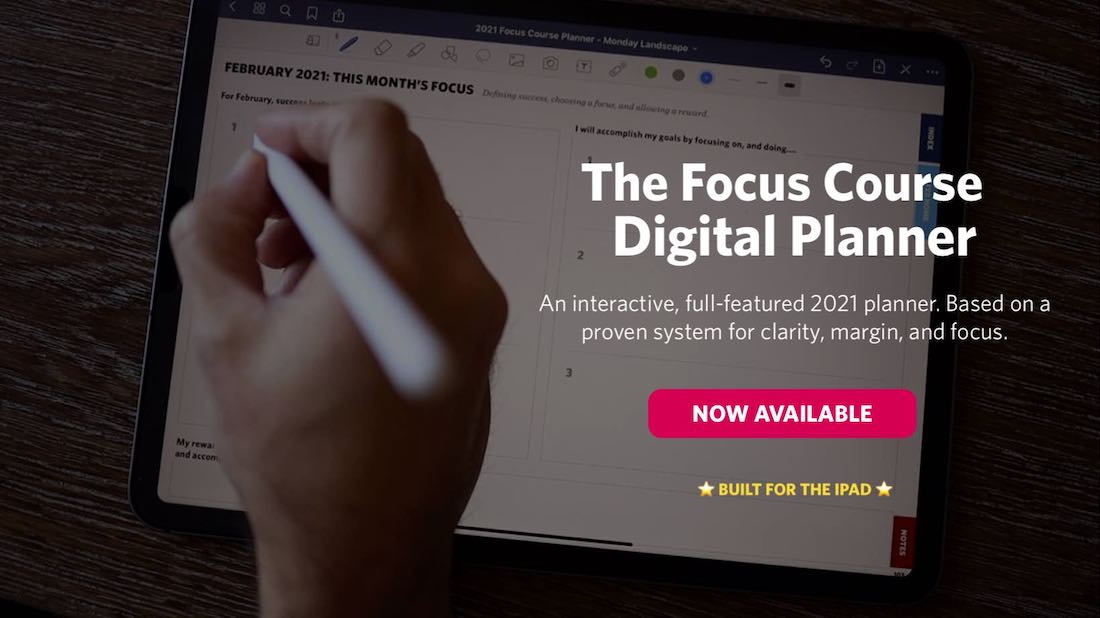SMART Goals and Time Blocking: How I Stuck to My New Years Resolutions in 2021
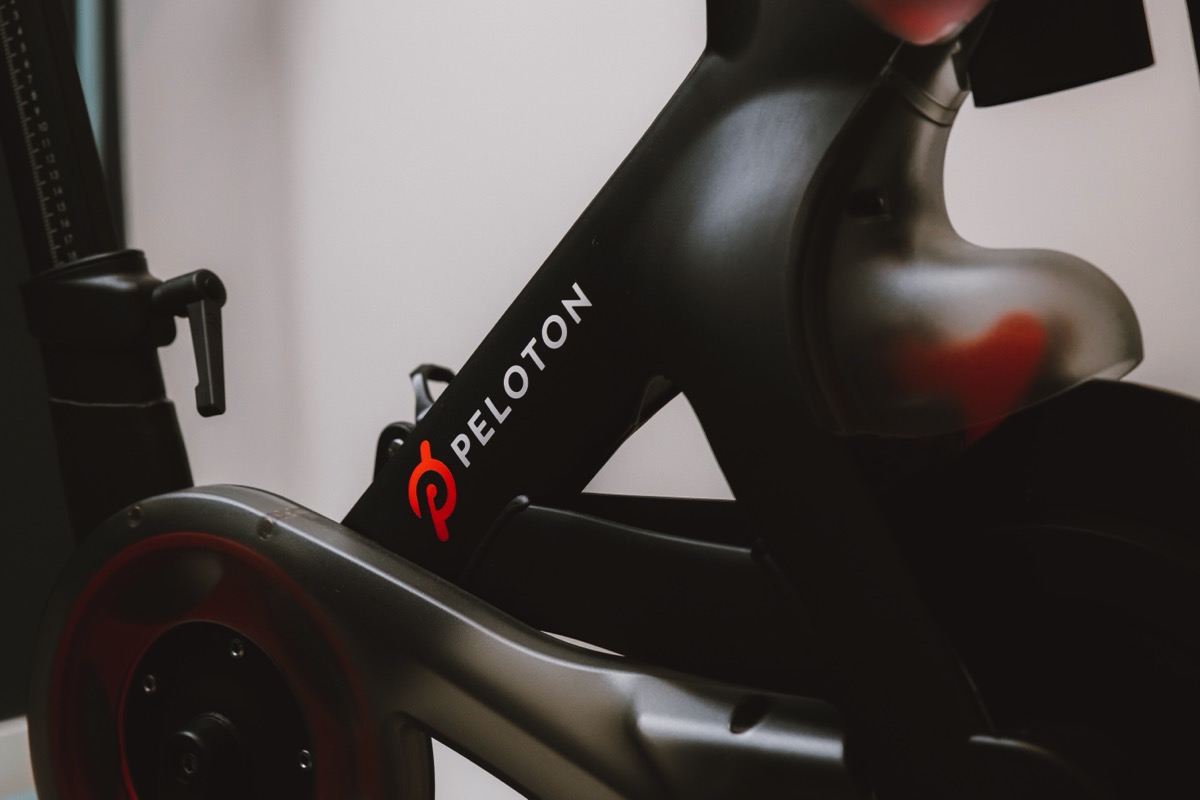
I wasn’t a New Years resolution guy, and I wasn’t alone — Strava’s study on 2019 activities suggests 80% of New Year’s resolutions are abandoned by the second week of February.
For a long while, I was of the attitude that it was smarter never to start a New Year’s resolution if I was just going to abandon it by early February.
2021 was different, though. Somewhere along the line, I wanted to prove to myself that I could be the one-in-five people who stick it out with their New Year’s resolutions. I began the year with two resolutions:
- Develop and maintain a fitness routine
- Develop and maintain a reading habit
It’s December 4th, 2021 and I am still going strong on my 2021 New Year’s resolutions. I’d venture to say they’re no longer resolutions — they’re habits.
How did I find success in turning my 2021 New Year’s resolutions into habits? A combination of resolution adjustments, self forgiveness, stricter scheduling, and a few handy apps for good measure.
Here’s how I did it.
Developing Appropriate Resolutions
Somewhere along the lines, almost everyone has heard of SMART goals:
- S — Specific
- M — Measurable
- A — Attainable/Achievable
- R — Relevant
- T — Time-bound
My initial resolutions weren’t exactly “SMART” goals — “Develop a fitness routine” isn’t specific, is hardly measurable, and had no timeframes for completion.
I failed Step One almost immediately.
But after some thinking, here’s how I built my “Develop a fitness routine” resolution into something I could work with:
- Specific — I wanted to be able to fit into the very first sport jacket I ever purchased without having any sort of neck or back pain. This required I slim certain parts and bulk up other parts. To be specific, my resolution was “I want to fit into this sport jacket and I want to continue to be able to fit into this jacket.”
- Measurable — Fitting into the sport jacket itself is a measurement of sorts. Fortunately, my method for becoming more fit — a Peloton Bike — is built around physical output. Therefore, I had both a result-based metric and journey-based metrics I could rely on.
- Attainable — Well, I had fit into the jacket at one point, right? I figured if I could fit into the jacket without any pressure at one point in time, I could do it again.
- Relevant — There was one specific relevance factor that applied directly to this resolution. I wear sport jackets to the office in the winter/spring/autumn seasons, so this would open up a new sport jacket to wear each week.
- Time-bound — It takes anywhere 18 and 254 days to develop a habit. I also wanted to wear the jacket before the end of tax season (which is April 30th here in Canada). I had an end date on my calendar.
I won’t hash out the SMART basics for my resolution to develop a reading habit, but all the same factors apply.
SMART goals are pretty simple to understand and develop. They’re taught throughout high school and throughout post-secondary. But whether they’re actually used by most people is up for debate.
I find they worked quite well for my 2021 resolutions.
A Dose of Self Forgiveness and Goal Adjustments
To achieve my SMART fitness resolution, I figured I would ride the bike six of seven days every week. For twenty minutes a day, six days a week, I would work toward achieving my resolution.
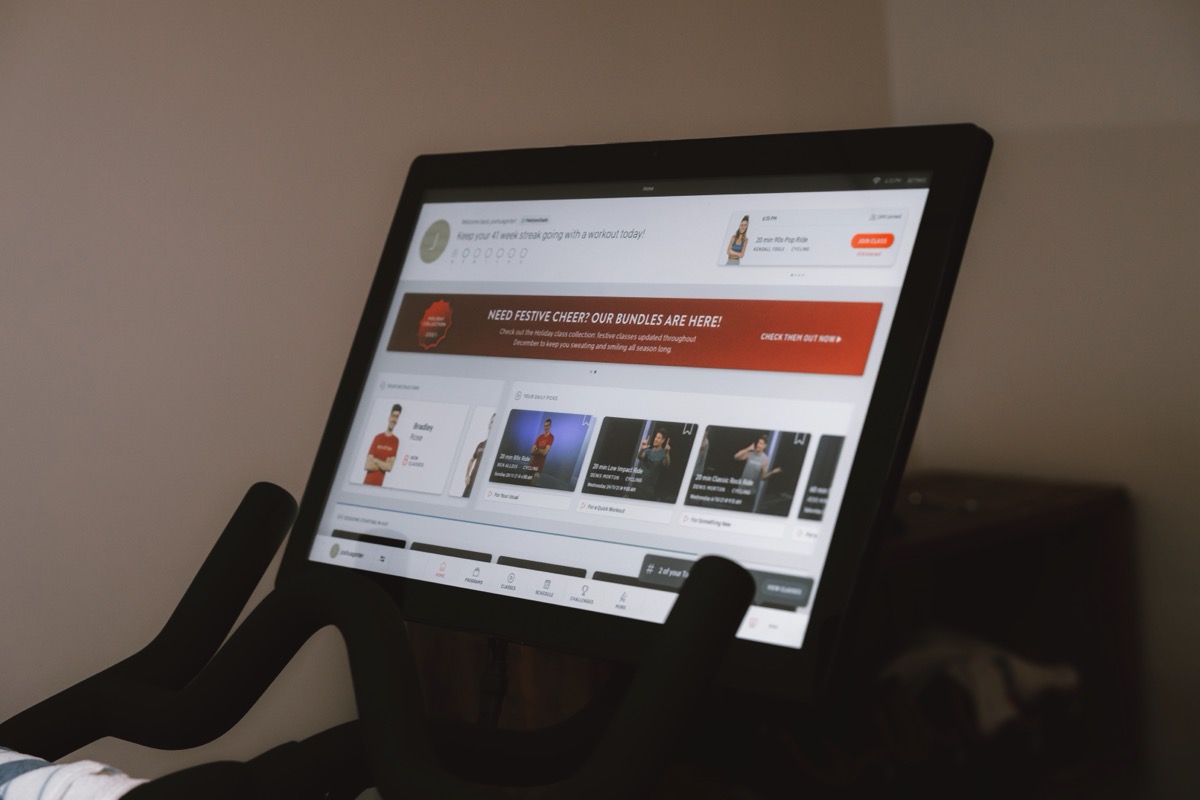
But doing fitness six days a week is a little overkill — there’s a reason athletes have “leg day” and “upper body day” set on different days of their schedules.
As time progressed, I found I couldn’t keep up the six-days-a-week element of my resolution. It was too much. I forgave myself and got back on the horse.
Something I read recently from Andy Nicolaides hit this on the nose:
Spending only some of your free time on the same pursuit won’t give you 100% of the end result you could have had, but it will give you some. It’s still a valuable use of your important time and you’ll achieve something new regardless of it being 100% or 25% of its full potential.
There came times where I had to forgive myself too often — even five days of fitness a week can push your schedule into squeezed territory. Eventually, I had to adjust my methods and goals to continue progress toward developing a fitness habit. I scaled things back to “fitness every other day” and I changed the time-bound part of my SMART goal to “wear a jacket by end of self-employment tax season,” which is June 15th.
I had to continue feeling like I was making progress, so it was either give on the goals entirely and work on something else, or it was adjust the goals to allow for success.
I chose to adjust my goals. I think it worked.
Time Blocking Was My Friend
Providing yourself time each day to complete your New Year’s resolution is important. Without some time to complete the resolution, it’ll be very easy to kick the habit to the curb.
I only started to use a time blocking method for each of my days in the early summer, so I operated through my New Year’s resolutions without any scheduling workflow for the better part of six months. But it was during the bright, sunny summer days where my New Year’s resolutions were really tested, so I knew I had to come up with something to keep working toward progress.
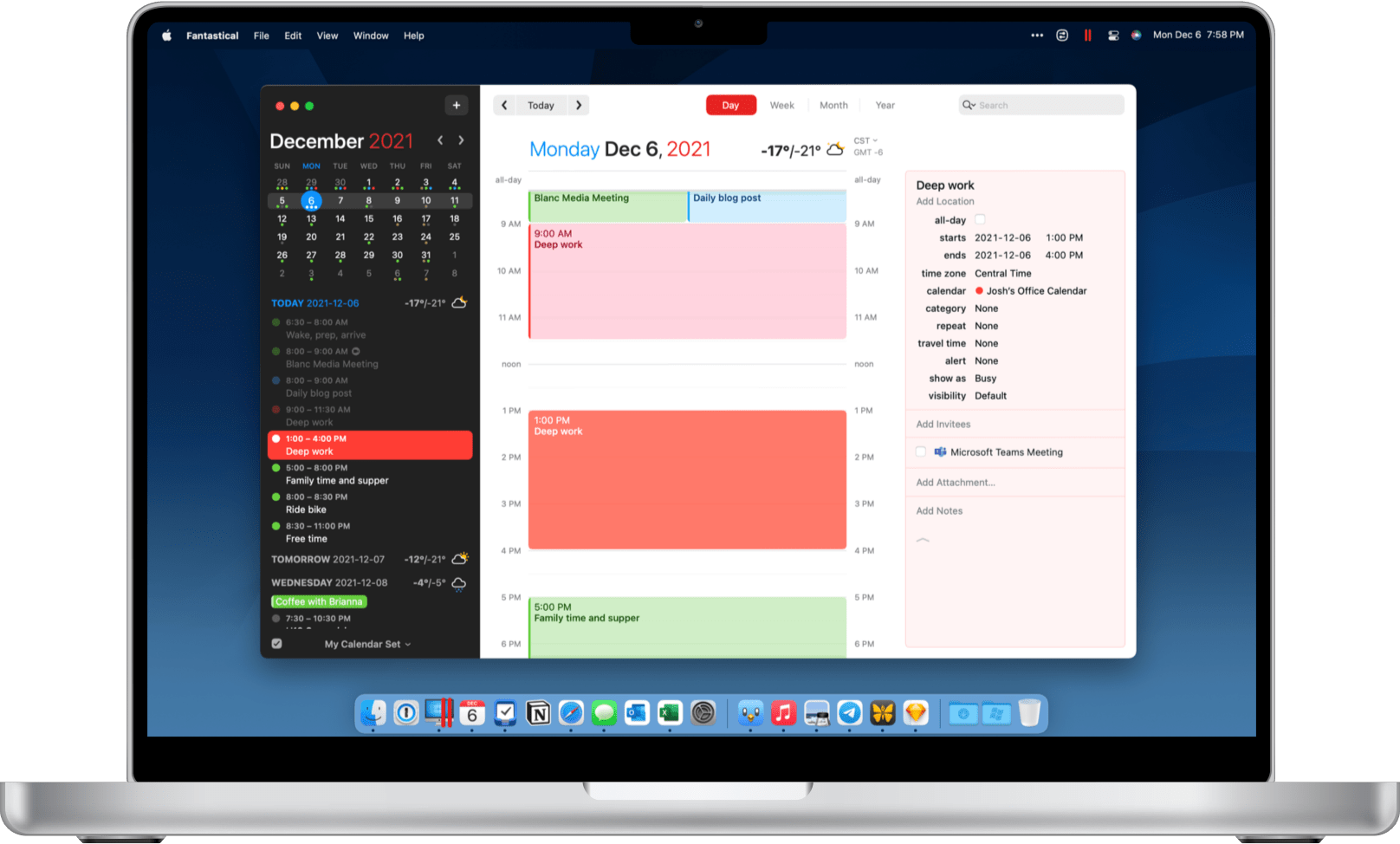
Back at the end of August 2021, I wrote this piece about how I use Fantastical to time block each day. I continue to use this method today — I run a quick shortcut to drop in a routine weekday schedule, and this provides the time I need to achieve my resolutions each day.
For instance, I arrive at the office around 7:45AM each day. My first “Deep Work” time block starts at 9:30AM, which aligns with my historically productive morning time slot. For that 105 minutes, I often write something for my personal blog and I complete my daily reading resolution. I provide space in my schedule to achieve my New Year’s resolution.
I tend to have a very productive time slot between 8:30PM to 10:30PM most days, so I block out these times to work on remaining work from my day. Once I run out of steam, I hit the Peloton. Again, providing a time slot to work on my fitness habit was fundamental to achieving a fitness goal.
It also helped that I didn’t have to drive 15 minutes to the gym to develop the habit.
Great Apps Have Helped As Well
I already mentioned Fantastical, which is probably my favourite app of 2021. I discovered Fantastical’s event proposal features and I was sold — I’ve used this almost every day since I subscribed to Fantastical.
Fantastical holds my time blocking routine, so I jump in and out of the app to add, delete, or edit events fairly often. Generally though, I don’t really reference my daily schedule inside Fantastical.
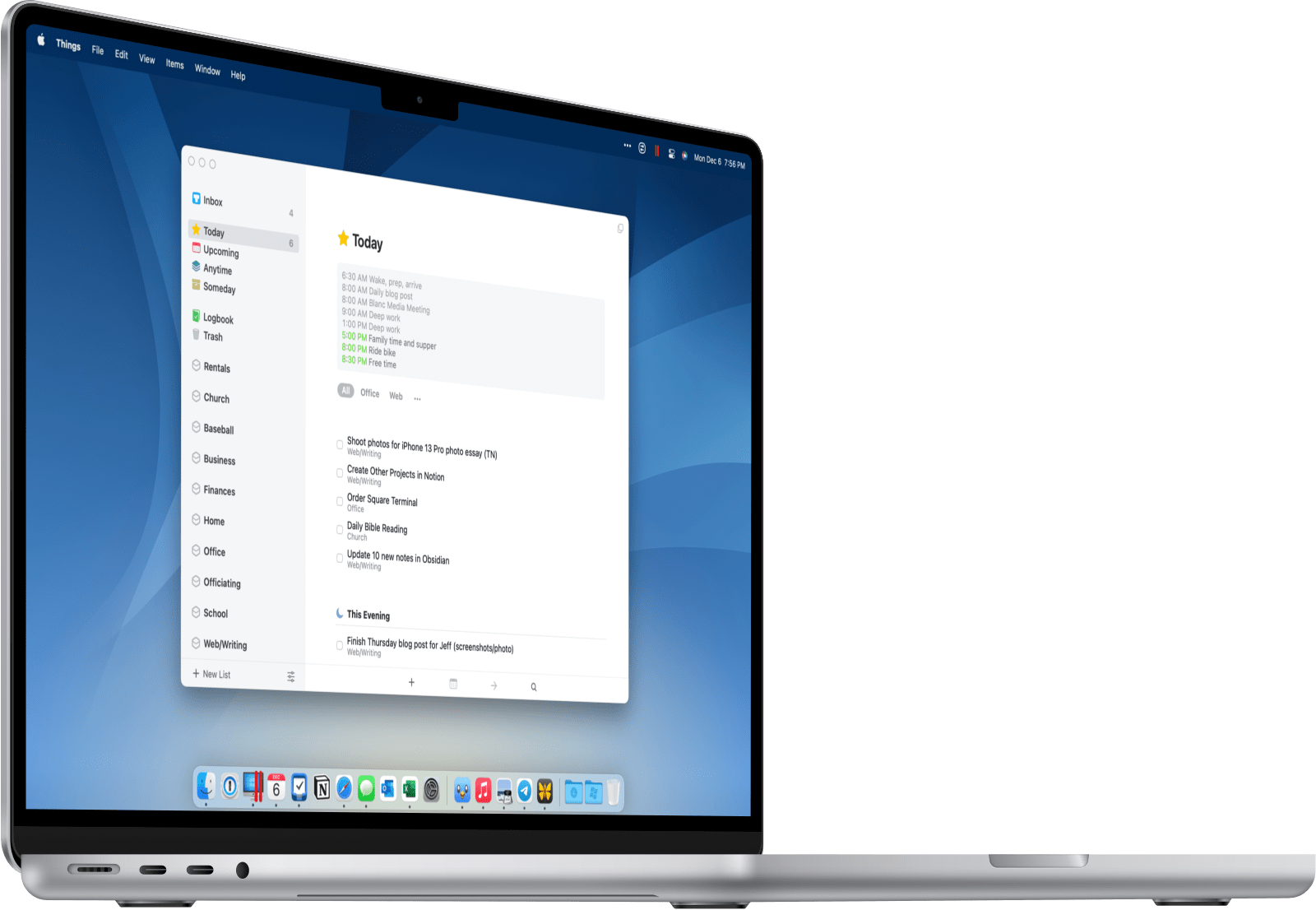
Instead, I reference my schedule inside Things 3. Things’s Today view continues to be my one true source of productivity. It houses my time-blocked schedule. It houses my one-off tasks. It houses my New Year’s resolution daily reminders. And it houses non-work projects and lists.
Fantastical for time blocking. Things for daily reminders. Between these two apps, I can provide time each day to complete a New Year’s resolution and I get a trusty reminder by checking my to-do list in Things multiple times a day. There’s really no crazy science to it.
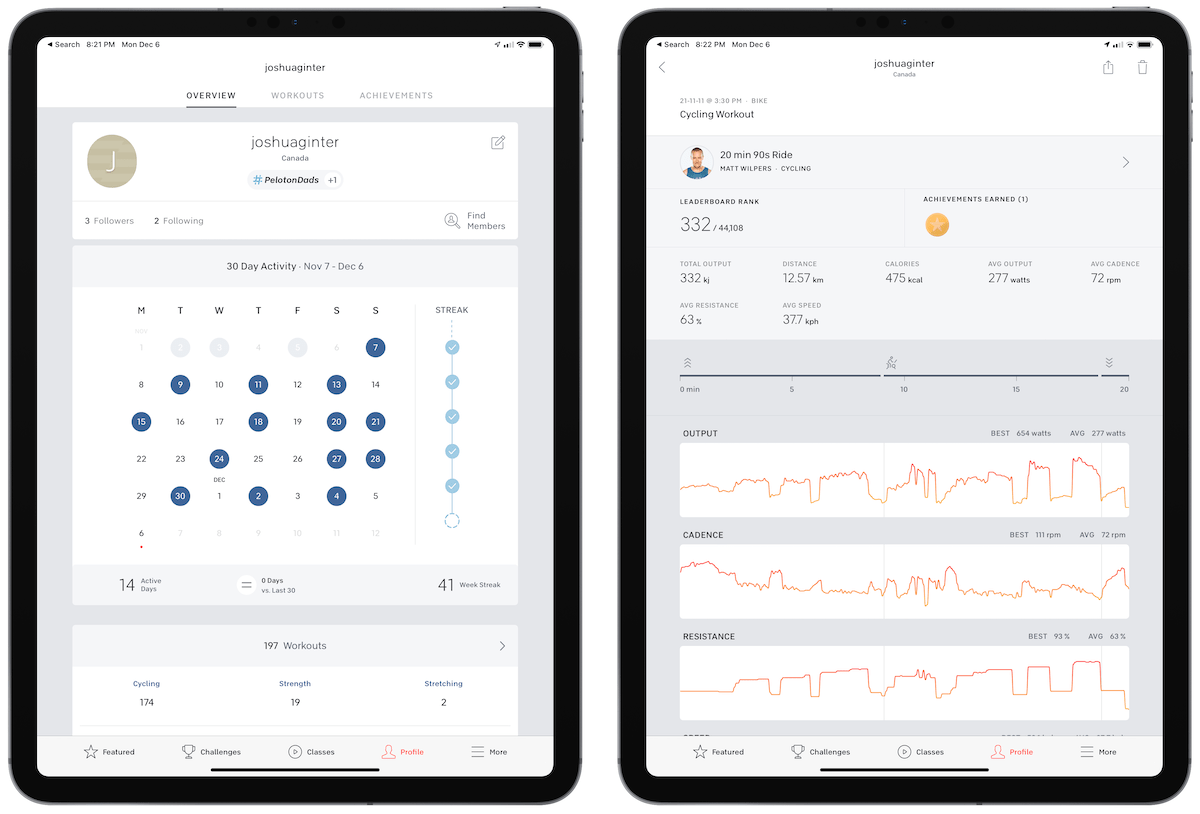
The last app I tend to rely on specifically for my fitness habit is the Peloton app. Peloton the company soared through COVID, selling more products than they could ship. Now, as the pandemic wanes, it appears folks are using their Bikes less and less.
I’m not one of those folks. I use my Peloton every other day and I continue to invest in the community — Peloton athleisure clothing is awesome for weekends and other Bike accessories, like dumbbell weights, are high quality.
The Peloton app houses the entire Peloton fitness library, from Bike rides to strength workouts to meditation and stretching classes. $50 a month is nothing to shake a stick at, but you get what you pay for.
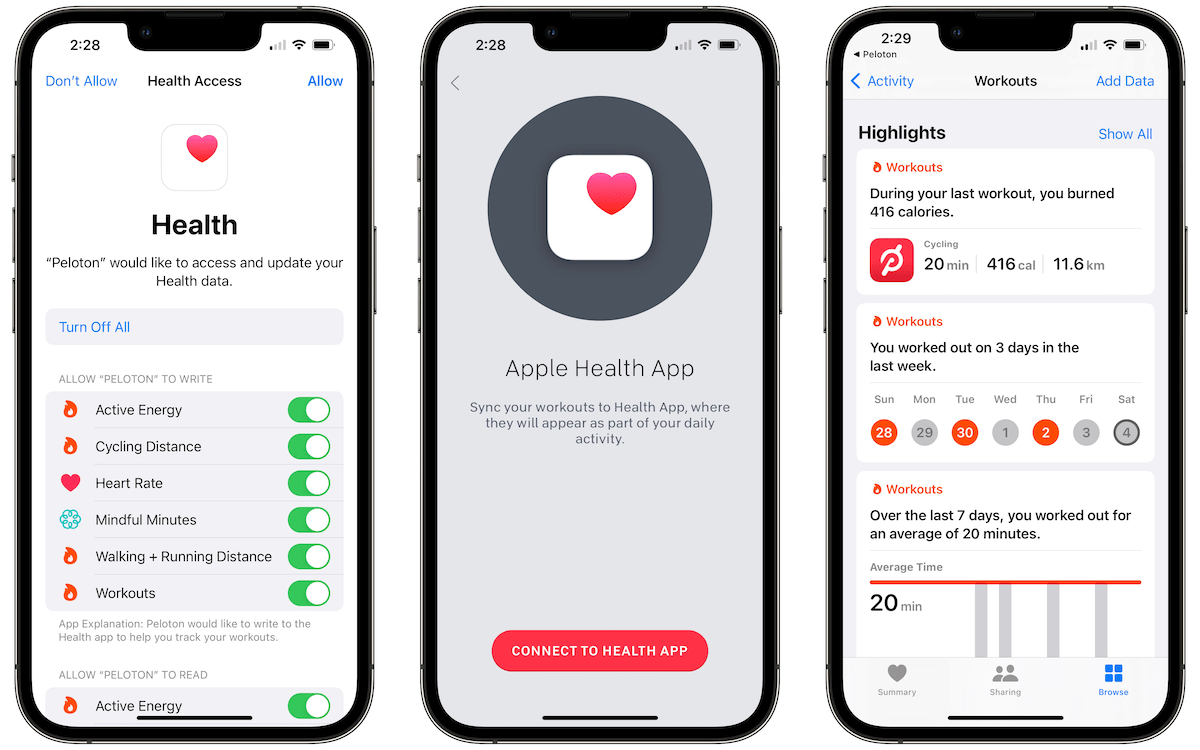
The app itself helps you track all sorts of metrics. Each workout has output, resistance, and cadence histories for you to reflect on. It keeps track of your personal records for different ride lengths and workout types. It even links into the Apple Health app on your iPhone, enabling all sorts of awesome integrations.
From a habit perspective, the Peloton app encourages you to keep up with your fitness routine. On the Bike, the app congratulates you for riding for “10 straight days” or for “40 straight weeks”. Sometimes these bumps in encouragement go a long way.
Integrations into the Apple Health app also keep all your health metrics in one place, which is great if you decide to ride the Peloton one day and then go for a run the next. Keeping the workout circles filled in is addicting and has contributed to my success in achieving my 2021 New Year’s resolutions.
On To 2022
With all due respect to my 2021 New Year’s resolutions, I don’t think I’m going to continue working toward them with the same fervour in 2022. My reading habit hasn’t developed perfectly and I find I will often read words for the sake of reading words. The result is getting next to nothing out of what I’m reading. I also want to alter my fitness habit to work on some other fitness weaknesses I have.
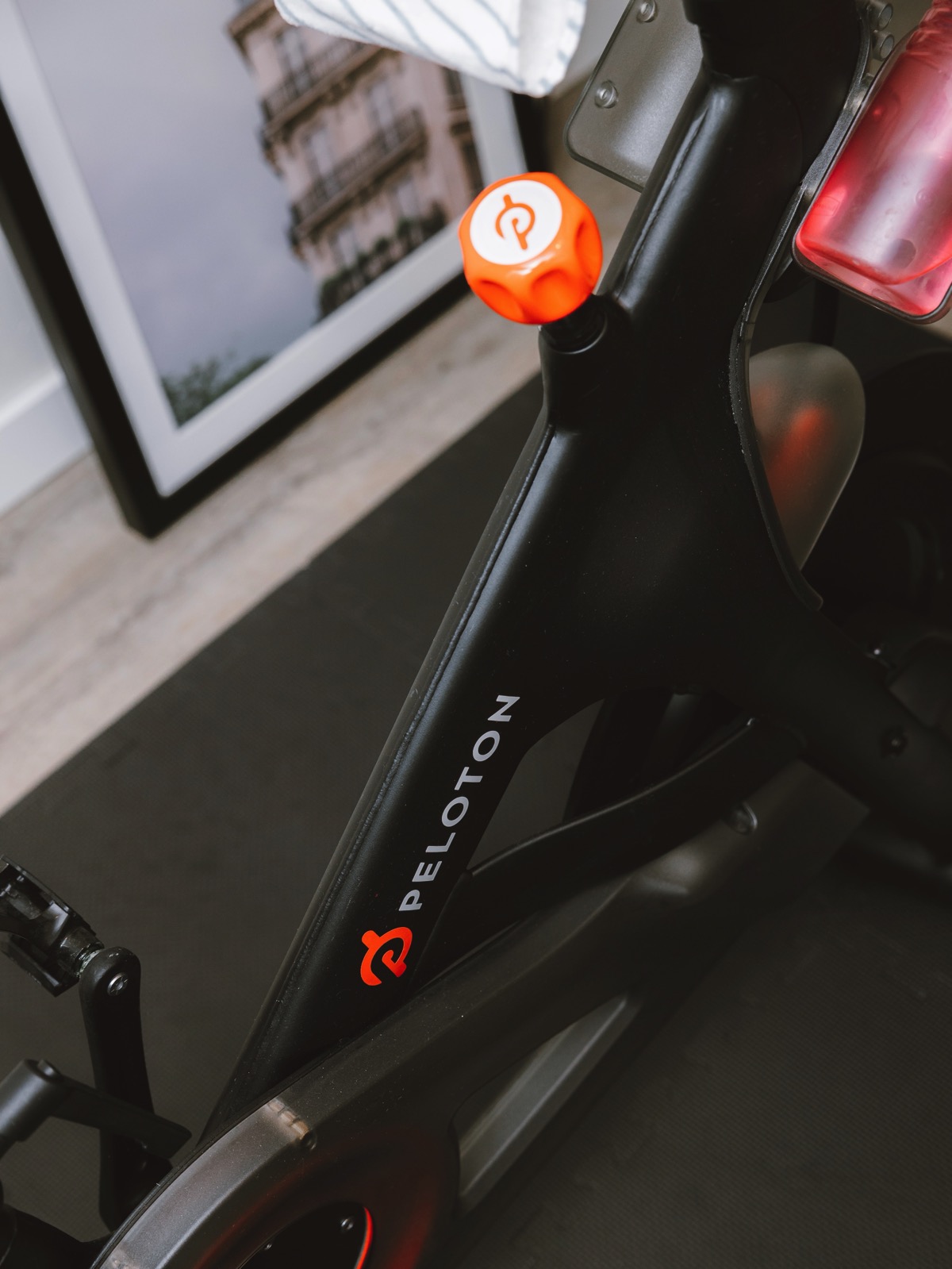
But 2021’s New Year’s resolutions have taught some valuable lessons when it comes to achieving a long-term goal. I now know I must develop a SMART goal first, or I’ll never achieve the resolution. I also know that I am allowed to miss a few days or make a mistake in 2022 and I just have to get back on the horse the next day.
Do I know what my 2022 resolutions will be? I don’t yet, actually. I have a few ideas about shoring up my reading habit and adding some additional strength routines to my fitness regiment. I also think it’d be fun to develop a stronger writing habit, or to incorporate some leisure into my day.
All told, I learned what worked for me in 2021 to achieve my New Year’s resolutions. That may be the ultimate resolution of all.

